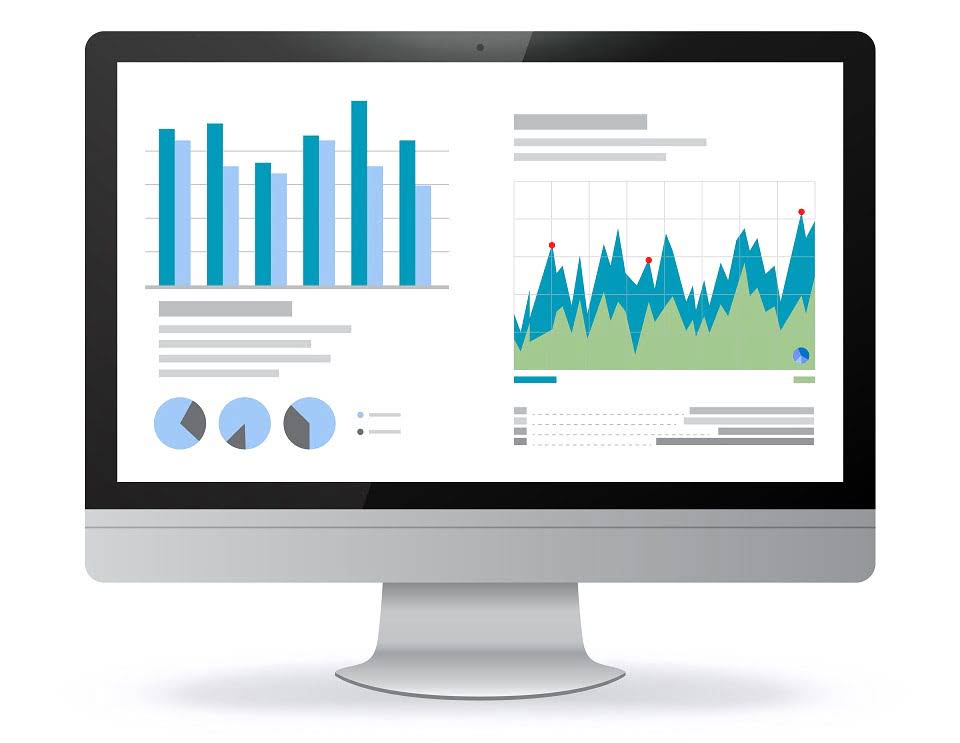
Next, from the income statement, we can find the net sales and cost of goods sold items. Essentially, the Days Payables Outstanding represents the funding of inventory that suppliers are contributing to the business. As such, the Cash Conversion Cycle is the more precise measure of the funding needs of a business.

Cash Conversion Cycle Calculation Example
You’ll get a negative result similar to the online retailer because you omit how to find operating cycle days of inventory outstanding. Learn more about the cash conversion cycle and how to calculate it and use it in financial analysis. Some cash flows are more predictable and stable, while others are more uncertain and volatile.
Application Management
Companies use these materials to manufacture products or what are retained earnings provide services to customers. Efficiency in this stage is paramount, as it directly impacts the overall operating cycle. The cash operating cycle concept of working capital for a business is the main indicator of whether the working management strategy of a business is effective.

How Does the Cash Conversion Cycle Relate to Liquidity?

CFI is on a mission to enable anyone to be a great financial analyst and have a great career path. In order to help you advance your career, CFI has compiled many resources to assist you along the path. Below is a break down of subject weightings in the FMVA® financial analyst program. As you can see there is a heavy focus on financial modeling, finance, Excel, business valuation, budgeting/forecasting, PowerPoint presentations, accounting and business strategy.

Divide the cost of products sold https://zino-sport.co.il/types-of-liability-accounts-list-of-examples/ by the average inventory to calculate a company’s inventory turnover. The average inventory is the sum of a company’s opening and closing inventories. This is shown on the company’s balance sheet, whereas the cost of products sold is shown on the income statement. The operating cycle is significant because it may notify a business owner how quickly they can sell an inventory. For example, if its operating cycle is short, it suggests the company was able to execute a speedy turnaround. It could also imply that it has shorter payment terms and a more stringent credit policy.
The cash operating cycle concept of working capital can also be used to compare the performance of the business with other businesses. However, different industries will have different cash operating cycle standards. Therefore, it is important that the comparison is made within similar business for the comparison to produce useful results. This can help the business avoid any loans that other business, with longer cash conversion cycle, have to take to finance their working capital needs. The formula for the Operating Cycle is the Inventory Period added to the Accounts Receivable Period. This cumulative figure provides a comprehensive view of how long a business’s capital is tied up in its operational activities.
Operating Cycle – Learn How to Calculate the Operating Cycle
- Once Topple Co becomes more established it should benchmark its sales to working capital ratio against sector data if available.
- During an operating cycle, the company acquires raw material inventory, adds value, sells that inventory in the form of finished goods, and receives cash from customers.
- Managing Accounts payable effectively is a crucial aspect of optimizing the operating cycle for businesses.
- This can help the business avoid any loans that other business, with longer cash conversion cycle, have to take to finance their working capital needs.
- A shorter Accounts Receivable Period indicates that a business is collecting its cash from credit sales more quickly.
- It might also imply that the credit policy is tougher and the payment schedule is shorter.
- You can also modify the formulas or add more variables to suit your specific needs or preferences.
Operating cycle of working capital refers to the total number of working days that a business takes to buy inventory, sell it off, and then collect the proceedings from the sale. The Operating Cycle tracks the number of days between the initial date of inventory purchase and the receipt of cash payment from customer credit purchases. Below is a snip of Walmart’s balance sheet where we can find the inventories, receivables, and accounts payable amounts. The period most often used is a full year’s 365 days but the ratios can also be calculated for a quarter, half-year, or any combination thereof.
- Understanding and managing your operating cycle is fundamental to your business’s financial health.
- CCCs that are high relative to the industry benchmark indicate that a larger proportion of the company’s cash is tied up in its operations.
- Understanding how an operating cycle works and being able to calculate it can provide valuable insights for businesses looking to optimize their processes and ultimately create a more productive work environment.
- Average Inventory is determined by adding the beginning and ending inventory balances for a period and dividing by two.
- DSO or Days Sales Outstanding is a measure that allows the company to know how long it takes to collect cash from sales and how much cash it generates in a given period.
Liquidity ratios
- An operating cycle can be understood as the average time a business takes to make a sale, collect the payment from the customer, and convert the resources used into cash.
- This indicates that more cash is available for maximising investors’ value or corporate reinvestment.
- However, the business may risk losing some customers due to decreased credit terms.
- Inventory management practices, like just-in-time (JIT) systems, can reduce DIO by minimizing unsold inventory time.
- There are a few reasons why calculating this formula can benefit your business.
This quick conversion allows a business to reinvest funds, cover expenses, and maintain financial flexibility. The resulting number, 94.3 days in this case, signifies the total average duration required for the company to convert its initial investment in inventory into cash from sales. The Operating Cycle does not account for the time it takes to pay suppliers, focusing solely on the conversion of inventory to cash.


Leave a reply